 What Is A Structural Drain Survey
What Is A Structural Drain Survey
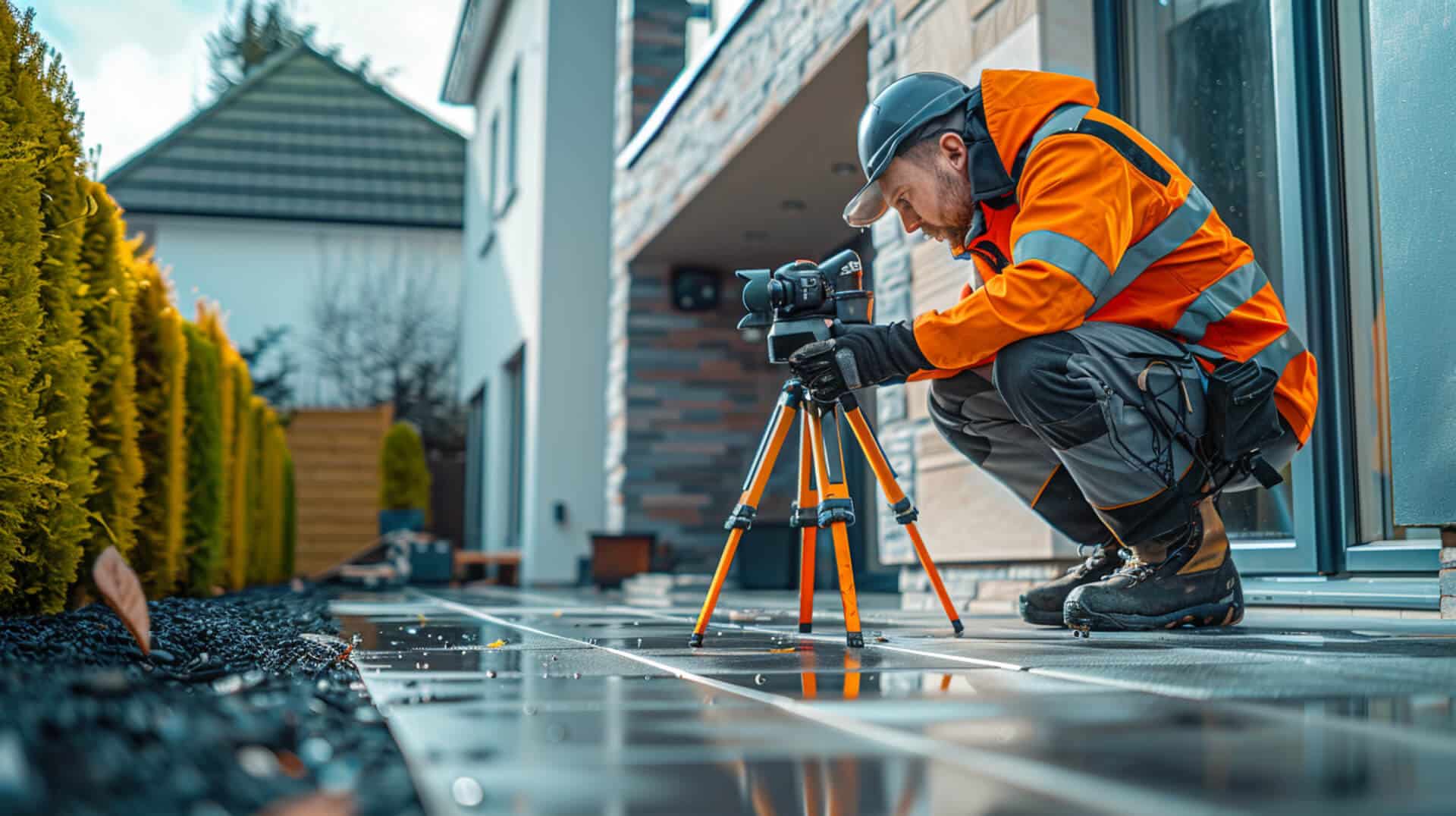
Understanding the intricacies of a property’s drainage system is paramount for maintaining its integrity. A structural drain survey serves as a comprehensive examination, designed to identify and diagnose the hidden issues within the drainage network. Property owners are advised to consider such surveys especially when purchasing a new property, planning renovations, or when faced with persistent drainage problems.
What Constitutes a Structural Drain Survey?
A structural drain survey involves a detailed inspection of a property’s drainage system using advanced diagnostic technology. This process is aimed at uncovering any underlying issues, such as blockages, tree root intrusions, or damaged pipes, which could compromise the system’s functionality and the property’s structural health.
Critical Nature of Drain Surveys for Property Health
These surveys are critical as they provide a preemptive approach to property maintenance. By identifying potential problems early, property owners can avoid costly repairs and water damage, which can significantly affect the property’s value and safety.
Optimal Timing for Drain Surveys
When to Consider a Survey: Property owners should consider a structural drain survey before purchasing a property, when experiencing drainage issues, or as part of a regular maintenance routine to ensure the longevity and health of their drainage systems.
Preventing Potential Property Damage
Proactive Measures: Structural drain surveys act as a safeguard, preventing potential property damage by providing detailed insights into the condition of the drainage system. This allows for informed decision-making regarding necessary repairs or improvements, ensuring the property remains in optimal condition.
The Importance of Conducting Drain Surveys

Conducting a structural drain survey is a critical step in property assessment. These surveys serve to reveal hidden issues within the drainage system that are not immediately apparent.
Uncovering Hidden Issues
A drain survey can identify various problems such as blockages, tree root intrusion, and even cracked or collapsed pipes. These issues, if left unchecked, can lead to significant water damage and compromise the structural integrity of the property.
Informing Property Transactions
For those involved in property transactions, a drain survey provides essential information that can influence negotiations. The findings can serve as a basis for renegotiating the property price or, in some cases, deciding to withdraw from the purchase altogether.
Essential for Long-Term Property Maintenance
Regular drain surveys are an integral part of long-term property maintenance. They help property owners anticipate potential issues and address them proactively, thereby avoiding costly repairs in the future.
Role in Financial Planning
For property owners, understanding the condition of the drainage system is vital for financial planning. The cost of remedying drainage problems can be substantial, and early detection through surveys can lead to significant savings. By incorporating the cost of potential repairs or maintenance into financial planning, property owners can better manage their investments and maintain the value of their property.
Technology Utilised in Structural Drain Surveys

Structural drain surveys employ a suite of advanced technologies to ensure thorough and accurate assessments of drainage systems.
CCTV Drain Surveys
Closed-circuit television (CCTV) drain surveys are a cornerstone of modern drain inspection. This technology allows for a non-invasive examination of pipes and sewer systems. A high-definition camera is inserted into the drain, providing real-time video feedback that can be used to identify blockages, damage, and other issues.
Importance of High-Definition Cameras and Crawlers
High-definition cameras are crucial for capturing clear images of the interior condition of drainage pipes. Remote-controlled crawlers, equipped with these cameras, navigate through complex drainage networks, transmitting images to the surface for analysis. Their ability to access hard-to-reach areas and provide detailed visual data is essential for accurate diagnosis.
Software Advancements in Reporting
The use of advanced software in drain surveying has revolutionised the way survey data is analysed and reported. This software can process the high-definition imagery and other data collected during the survey to create comprehensive reports. These reports often include the location of defects, their severity, and recommended remedial actions, providing a valuable resource for property owners and professionals in planning maintenance or repairs.
Understanding the Survey Process

A structural drain survey is a comprehensive evaluation of a property’s drainage system. It is a critical step for property owners to understand the condition of their drainage infrastructure.
Initiating a Structural Drain Survey
The process begins with the property owner providing the address and contact details of the seller’s estate agent. This information is used to arrange access and ensure that the survey is conducted at a convenient time.
Live Footage Analysis
During the survey, live footage is captured using CCTV technology. This footage is analysed in real-time by experts to identify any immediate concerns, such as blockages or structural damage.
Expert Diagnosis
The survey includes a thorough expert diagnosis. Professionals assess the condition of the drainage system, identifying any issues that require attention. Their expertise ensures that the survey is both accurate and reliable.
Reporting the Findings
Upon completion of the survey, the findings are compiled into a detailed report. This report includes a condition report of the drainage system, highlighting any problems and recommending necessary repairs or maintenance. The duration of the survey can vary, typically lasting between 45 minutes to several hours, depending on the complexity of the system and the property size.
Types of Structural Drain Surveys Available
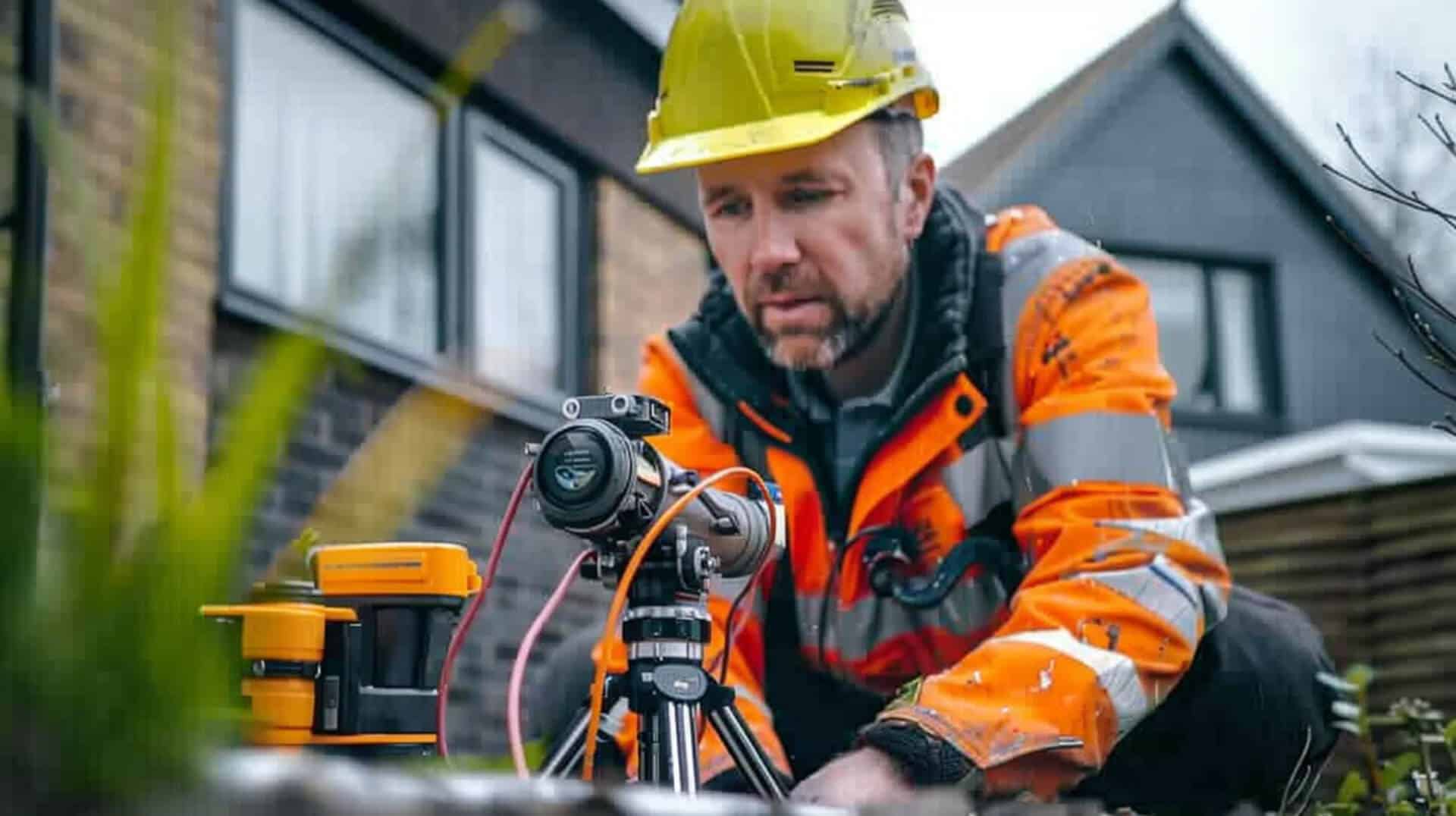
When considering a structural drain survey, it’s important to understand the various types available and their specific purposes. Each type of survey is tailored to different stages of property ownership and management.
Home Buyer’s Drain Survey
A home buyer’s drain survey is particularly crucial for those in the process of purchasing a property. It provides a comprehensive look at the drainage system, identifying any potential issues that could affect the property’s value or lead to future repair costs.
Vendor and Build-Over Surveys
For sellers, a vendor survey can be instrumental in providing transparency and trust in the condition of the property’s drainage system. A build-over survey is necessary when construction is planned over or near existing drainage systems, ensuring that the new structures will not negatively impact the drainage.
Large Diameter Pipe Surveys
Large diameter pipe surveys are specialised for commercial properties or residential areas with substantial sewer systems. These surveys are designed to handle the complexities of larger-scale drainage systems.
Importance of Early Problem Detection
Early problem detection is a key advantage of structural drain surveys. Identifying issues before they escalate can save significant costs and prevent extensive damage to the property. Regular surveys can serve as a preventive measure, maintaining the health of the drainage system and, by extension, the property itself.
Advantages of Structural Drain Surveys in Property Transactions
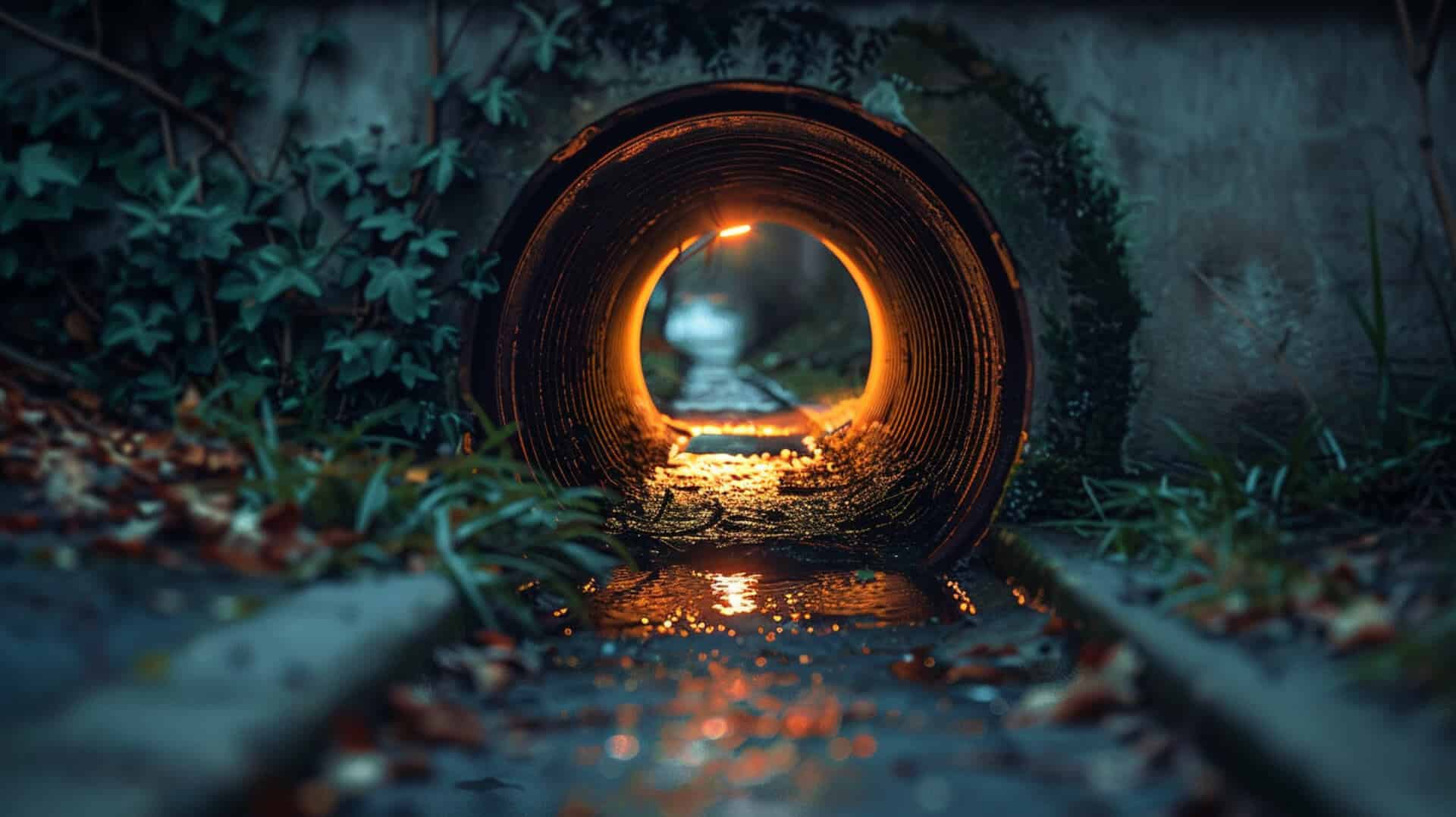
Structural drain surveys play a pivotal role in property transactions, offering several benefits to potential buyers and sellers.
Negotiation Leverage from Survey Findings
The detailed condition report provided by a structural drain survey can become a powerful tool in property negotiations. If issues are uncovered, buyers may use this information to negotiate a lower purchase price or request repairs before the transaction is finalised.
Assurance for Prospective Buyers
For prospective buyers, the peace of mind that comes with a thorough drain survey is invaluable. Knowing the exact condition of the drainage system eliminates the uncertainty and risk of unforeseen repair costs after purchase.
Ensuring Regulatory Compliance
Structural drain surveys help ensure that properties comply with relevant building and environmental regulations. This is particularly important for new constructions or properties undergoing significant renovations, where compliance with regulations is mandatory.
Investment Protection
By identifying potential issues early on, structural drain surveys protect the buyer’s investment. They provide a clear picture of any necessary remedial work, helping to maintain the property’s value and prevent future problems.
Cost Considerations for Structural Drain Surveys

Understanding the financial aspect of structural drain surveys is essential for property owners. The cost of these surveys can vary, influenced by several factors.
Factors Influencing Survey Costs
The price of a structural drain survey is determined by the size and location of the property, the type of survey required, the length and accessibility of the drains, and the complexity of the survey. Typically, costs can range from 100 to 400.
Financial Benefits of Survey Outcomes
Survey outcomes can lead to significant financial benefits. If issues are identified, property owners have the opportunity to renegotiate the sale price or request repairs, potentially saving on future repair costs.
Typical Findings and Repair Cost Estimations
A structural drain survey can uncover a range of issues, from minor blockages to major structural damage. The survey provides an estimation of repair costs, which can be a valuable tool for budgeting and planning maintenance work. This estimation helps property owners understand the financial implications of the drainage system’s condition and make informed decisions about their property investment.
Maintenance Strategies Post-Survey

Following a structural drain survey, professionals typically provide tailored maintenance recommendations to ensure the longevity and proper functioning of your property’s drainage system.
Regular Inspections and Proactive Measures
Regular inspections are crucial for the early detection of potential issues. By scheduling periodic surveys, you can identify and address minor problems before they escalate into more significant concerns.
Importance of Clearing Gutters and Downspouts
Clearing gutters and downspouts is a fundamental maintenance task that prevents blockages and water overflow, which can lead to water damage. Ensuring these components are free from debris helps maintain the efficiency of your drainage system.
Implementing Survey Findings
Based on the findings of a structural drain survey, you may need to take specific proactive measures. These could include:
- Repairing any identified damage to pipes or infrastructure.
- Replacing sections of the drainage system that show signs of significant wear or are at risk of failure.
- Implementing changes to landscaping to prevent tree root intrusion into the drainage system.
By adhering to these maintenance strategies, you can safeguard your property against future drainage problems and maintain its structural integrity.
Selecting Qualified Professionals for Drain Surveys
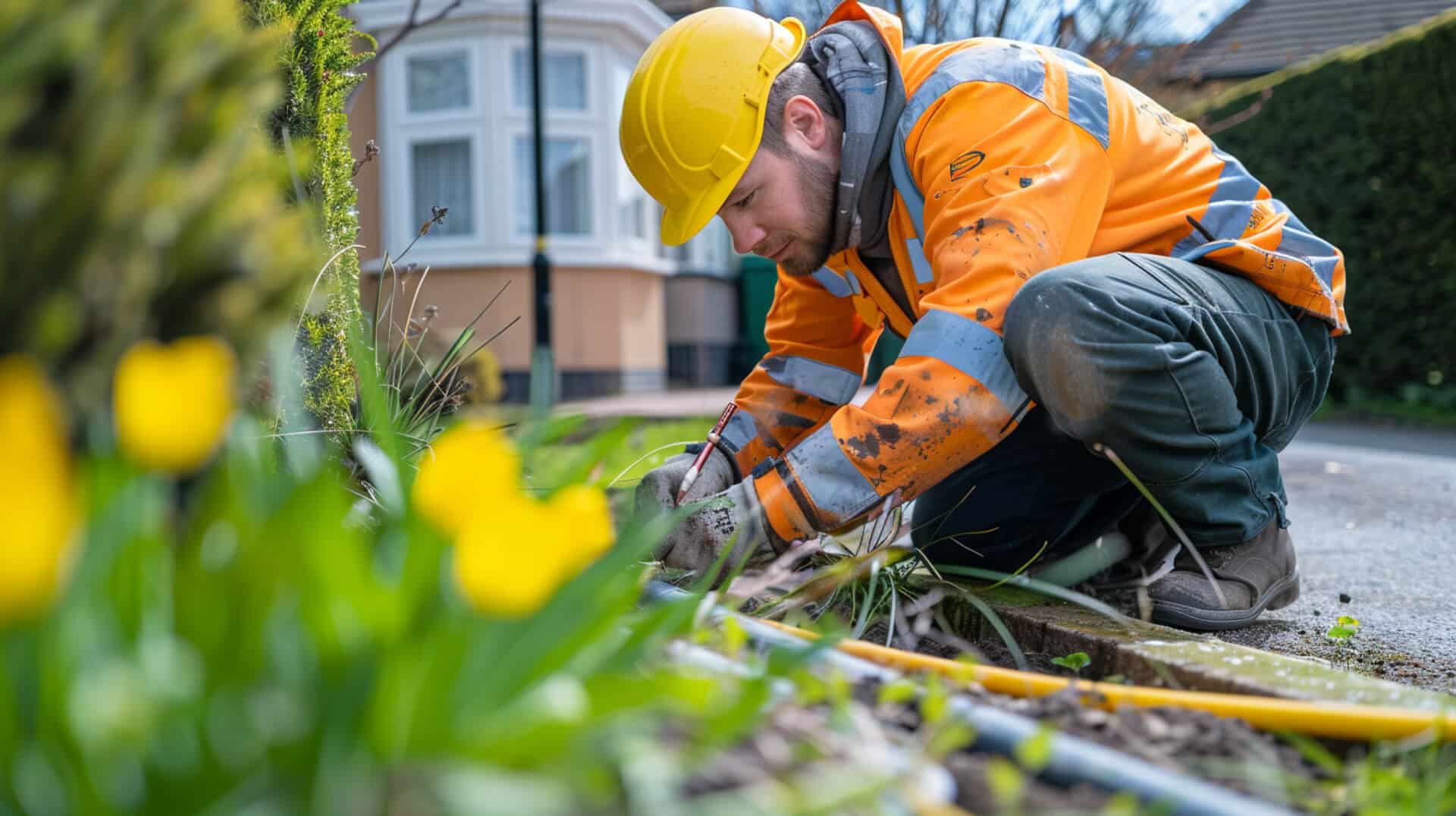
When arranging a structural drain survey, the expertise of the professionals you choose is paramount. Their qualifications and experience play a crucial role in ensuring the accuracy and reliability of the survey results.
Importance of Professional Qualifications
Qualified professionals bring a wealth of knowledge and skills to the survey process. They are equipped with the necessary tools and technology to perform comprehensive inspections and provide detailed reports. Look for accreditations such as those from the National Association of Drainage Contractors (NADC) to ensure high standards of service.
Legal Implications for Property Owners
Property owners should be aware of the legal implications surrounding drainage systems. In the UK, the drainage laws of 2011 outline the responsibilities of property owners regarding the maintenance and repair of drainage systems. These laws also clarify the division of repair costs, especially in cases where public sewers are connected.
UK Drainage Laws and Homeowner Responsibilities
Under UK law, homeowners are responsible for the drainage systems within their property boundaries. A structural drain survey can help identify whether any part of the system extends into public areas, which may affect repair cost responsibilities and legal compliance.
Professional Accreditations
Professionals conducting drain surveys should hold relevant accreditations and memberships. These credentials are a testament to their adherence to industry standards and regulations, ensuring that the services provided are of the highest quality.
Planning Extensions and Renovations with Drain Surveys

When planning extensions or renovations, a structural drain survey provides critical information that can influence the design and construction process.
Impact on Building Plans
A drain survey can reveal the exact location and condition of existing drainage systems, which is essential for any new construction or extension plans. This information helps ensure that new structures do not compromise the existing drainage infrastructure.
The Role of Build-Over Agreements
Build-over agreements are required when construction is planned above or near existing sewer lines. These agreements are necessary to protect the integrity of the sewer system and to ensure that any new structures can be safely supported.
Importance of Identifying Pre-Existing Conditions
Identifying pre-existing conditions within the drainage system is crucial for accurate budgeting and planning. A drain survey can uncover issues that may require additional funds to address, allowing for a more realistic assessment of the project’s total cost.
Ensuring Compliance with Standards
Structural drain surveys help ensure that renovations and extensions adhere to building and environmental standards. By identifying any potential conflicts with existing infrastructure, surveys can prevent costly modifications and delays in the construction process.
Special Considerations for Historical Properties and Septic Systems
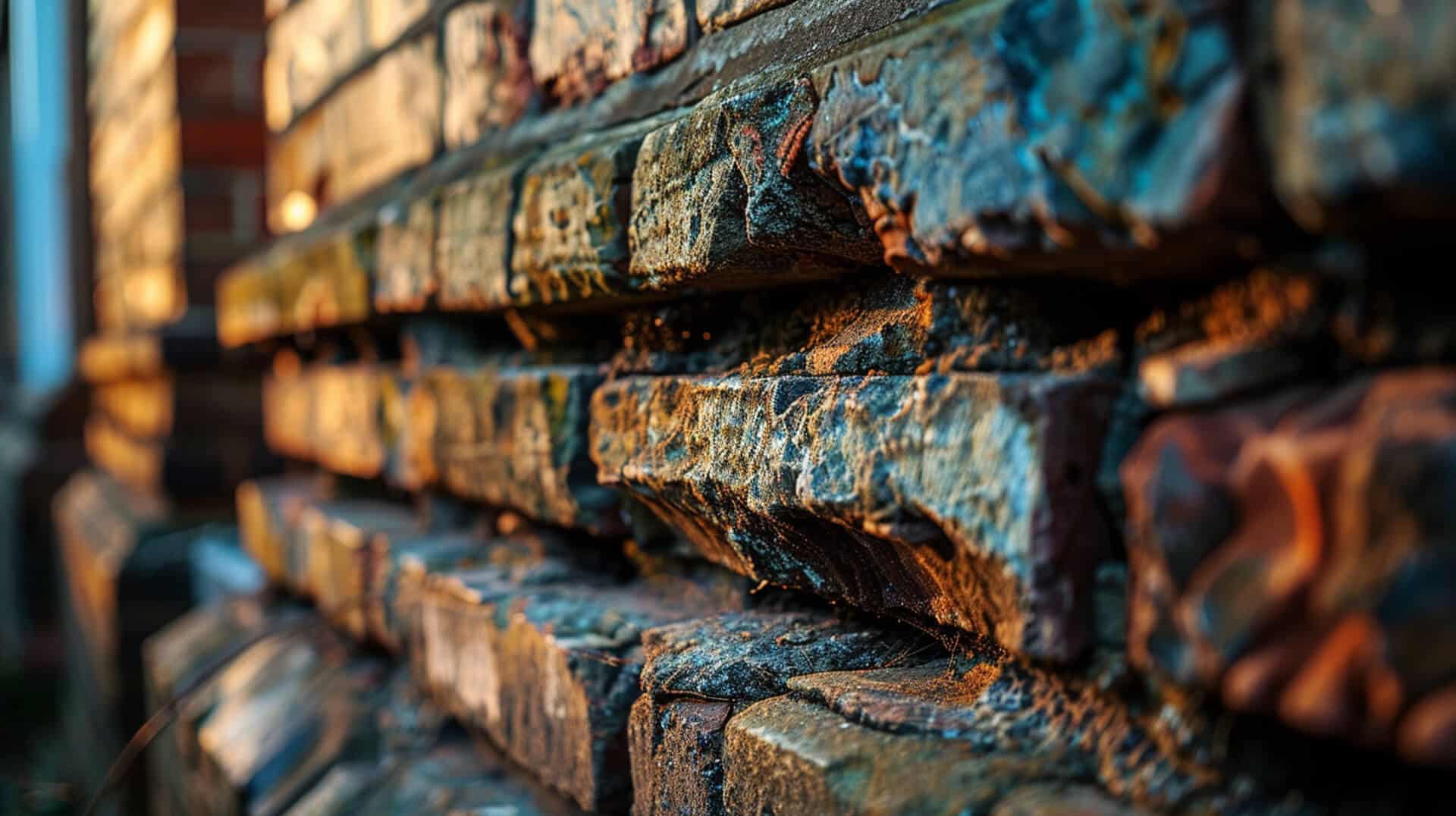
When conducting structural drain surveys on historical properties or those with septic systems, several unique considerations must be taken into account.
Challenges in Historical Properties
Historical properties often present unique challenges during drain surveys due to their age and the materials used in their construction. For instance, pitch fibre pipes, commonly used in mid-20th-century properties, are prone to deformation and collapse. A survey can assess the condition of these materials and recommend appropriate conservation or replacement strategies.
Assessing Septic Systems
Septic systems require specialised assessment to ensure they are functioning efficiently and in compliance with environmental regulations. During a survey, professionals evaluate the system’s integrity, capacity, and the surrounding soil’s absorption rate. This assessment is crucial for preventing environmental contamination and ensuring the system’s longevity.
Regulatory Compliance for Septic Systems
Compliance with regulations is paramount for properties with septic systems. Surveys must ensure that these systems adhere to the General Binding Rules for sewage discharge, which protect water quality and public health.
Implications of Pitch Fibre Drains
Properties with pitch fibre drains may face increased risks of drainage issues. These pipes, susceptible to damage over time, can lead to significant repair costs if not properly maintained. A structural drain survey can identify the extent of pitch fibre deterioration and provide guidance on remediation or replacement.
Contributing to Informed Decision-Making

Structural drain surveys are a critical component in the decision-making process for property management. By providing a detailed assessment of the drainage system’s condition, these surveys inform property owners of any necessary interventions to maintain or improve their property’s health.
Understanding Drainage System Conditions
The condition of a property’s drainage system is a key factor in overall property management. Surveys offer a clear picture of the system’s state, allowing for proactive maintenance and avoiding unexpected repair costs.
Long-Term Benefits for Property Owners
Structural drain surveys offer long-term benefits by identifying issues early, which can prevent costly and extensive damage. Regular surveys can extend the lifespan of the drainage system and maintain the property’s value.
Upholding Property Value and Safety
A well-maintained drainage system is essential for the safety of the property and its occupants. Surveys help to ensure that the system operates effectively, protecting the property from water damage and contributing to overall property value.
